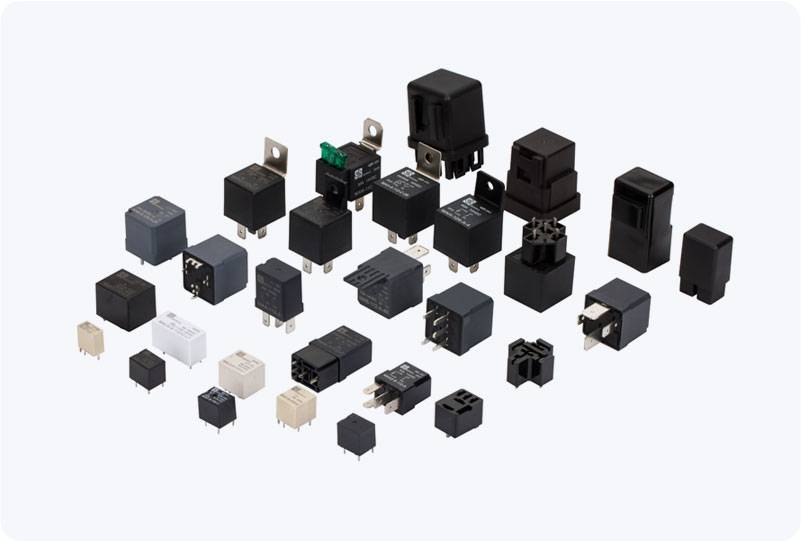The Optocoupler Protected Relay Module is a critical component in many modern electronic and electrical systems. It allows low-voltage devices, such as microcontrollers or sensors, to control high-voltage circuits, such as motors, lights, and industrial machinery. This article explores the functionality, benefits, and applications of the Optocoupler Protected Relay Module, shedding light on its significance in electrical isolation and protection.

What is an Optocoupler Protected Relay Module? An Optocoupler Protected Relay Module is a combination of two key elements: an optocoupler (or optoisolator) and a relay. Together, these components form a module that enables electrical isolation between low-voltage control circuits and high-voltage power circuits. The optocoupler provides the isolation, while the relay acts as a switch to control the higher power. At its core, this module provides a safe and efficient way to interface a microcontroller or other low-voltage control system with high-power applications, all while minimizing the risk of electrical interference and damage from voltage spikes.